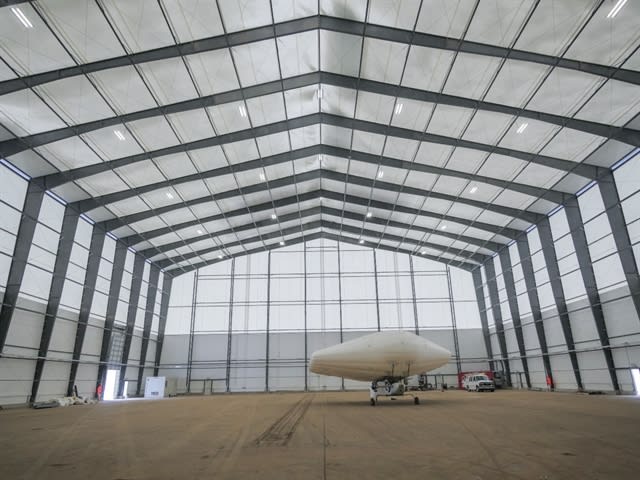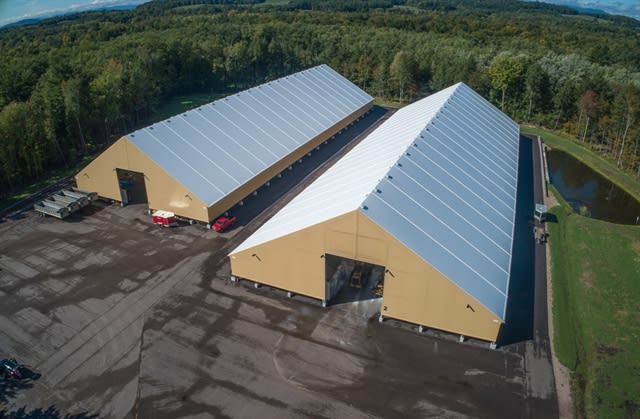ChorasDen
Structural
- Oct 19, 2021
- 455
Greetings,
Performed a home inspection several days ago (home was built around 1960) where the first floor walls were constructed with CMU brick with glass bricks framed within this wall to provide light into the first floor. This wall supports a 2-story gabled end roof, with the second floor joists running perpendicular to this wall. I've never dealt with glass brick like this before (in one of the photos, you can see one side of the glass is broken, and the interior is hollow), does anyone know who may have manufactured these, or what loads they can resist?
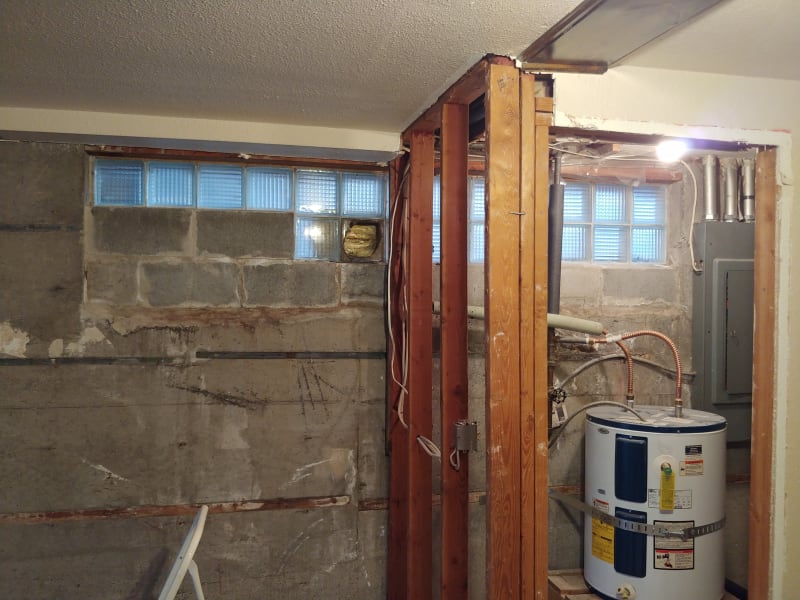
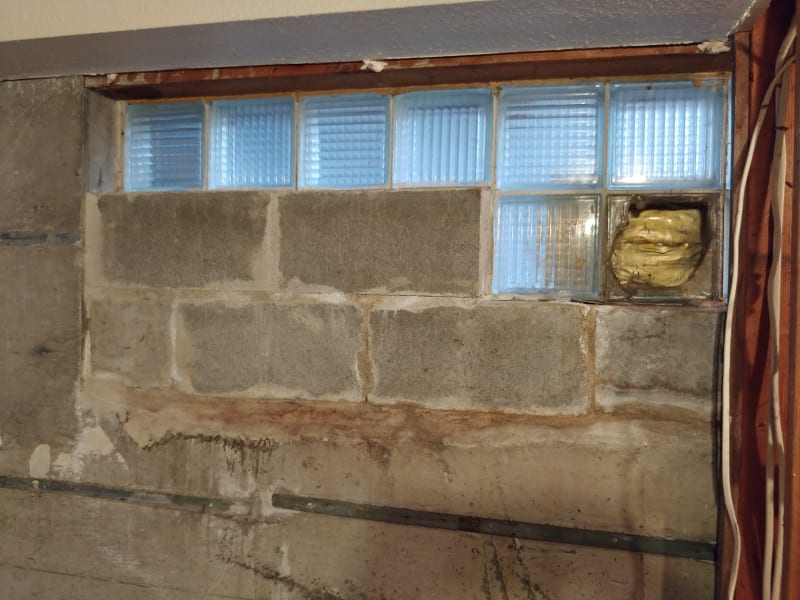
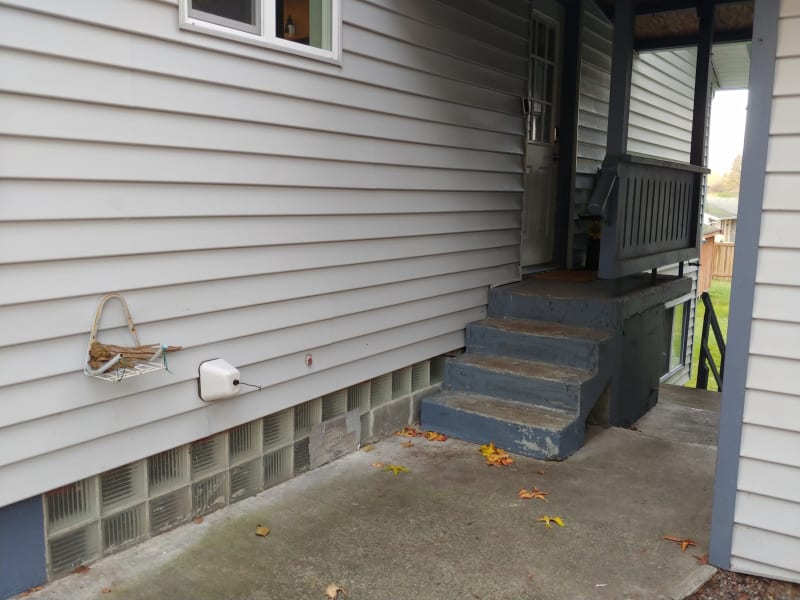
Performed a home inspection several days ago (home was built around 1960) where the first floor walls were constructed with CMU brick with glass bricks framed within this wall to provide light into the first floor. This wall supports a 2-story gabled end roof, with the second floor joists running perpendicular to this wall. I've never dealt with glass brick like this before (in one of the photos, you can see one side of the glass is broken, and the interior is hollow), does anyone know who may have manufactured these, or what loads they can resist?




